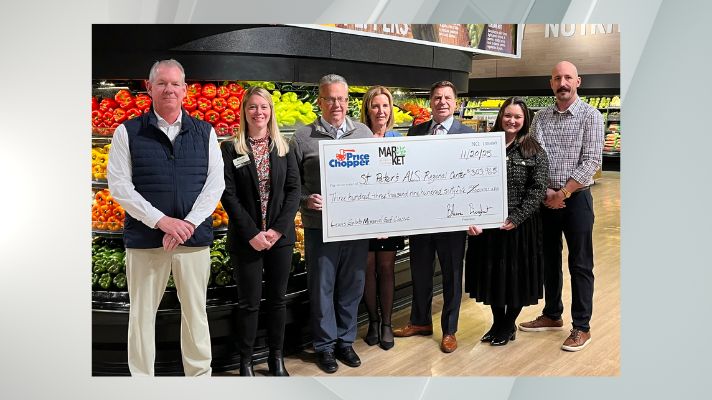There was a time, sad to say, that if you wanted Japanese food here in the South Bay, you headed for the nearest Benihana. The cooking was Japanese, sort of. And the show was entertaining, sort of. That was then. But this is now. Drive down any of our main streets, and you’ll go past an endless array of sushi bars, ramen houses and, with luck, some small-dish izakaya shops. We are surrounded with an abundance that may not turn us into the Shibuku of the West Coast, but we’ve at least got some skin in the game. And more, because curious alternatives keep popping up. Destinations for Japanese dishes that are branches of what’s over there . and in the case of Unico Tokyo Pasta (1310 S. Pacific Coast Hwy., Redondo Beach; 424-766-1841, www. unicopasta. com), a shop with family roots that in Japan are nothing new. In Tokyo alone, there are an estimated 10, 000-plus Italian restaurants. Unico founder Takashi Sada learned about the Japanese love of pasta at his family’s Italian restaurant in Osaka. And it led to his creating what feels like the first branch of a nationwide chain of Italian and Japanese blendo eateries. As his website tells us, “We proudly feature wafu-pasta . dishes that have evolved in Japan, blending local ingredients and culinary techniques . perfectly al dente pasta infused with Japanese flair.” The name is a witty play on words, for “unico” is Italian for “unique” but it also reflects the kitchen’s affection for pasta flavored with sea urchin (uni). There are four pastas flavored with uni one with just an uni cream sauce, others with uni and shrimp, uni and asparagus, and uni with black truffle cream. More Merrill: Italian food in Cerritos comes with a modern flair at this restaurant Which is just the beginning. There are 19 pastas on the menu, all made using spaghetti that seems surprisingly thick after years of angel hair pasta. The uni sauce is more notable for its creaminess than its uni-ness. Which isn’t a complaint it’s just that I like my sea urchin to announce itself in bold face. The flavor here is very understated. The menu is reminiscent of a carnival poster promising an endless supply of pleasures: “Authentic fusion cuisine,” “Kitchen hot,” “East meets West,” “The pick of the best,” “Multifaceted flavor” and more. The trio of Bolognese sauced pastas all use Wagyu beef. There are pastas flavored with smoked soy sauce. The menu tells us the dishes are “umami loaded.” That this is “Euro Asian soul food.” And wishes us a rousing “Kampai! And Buon Appetito!” With strawberry-cheesecake pudding for dessert. Several miles to the east, in a mall occupied by shops serving yakitori, ramen, shabu shabu and Japanese pastries, there’s a small shop called Tonkatsu Marushichi (Eastgate Plaza, 21605 S. Western Ave., Torrance; 424-558-3142, www. instagram. com/tonkatsu. 07. usa) the first American branch of a small chain with some half-dozen branches in and around Tokyo. It serves a katsu sandwich notable in this age of the mega-sandwich for its heft, and sheer porkiness. The katsu-sando is a creation over which fans totally obsess. I guess it could be described as the hamburger of Japan. At heart, it consists of a breaded pork cutlet (tonkatsu) served between slices of soft bread. It was invented in 1935 at a pork cutlet restaurant in the nightlife-intensive Ueno section of Tokyo, as a quick snack for the geishas from the adjoining places of entertainment. The soft bread was used so the ladies wouldn’t rub off their lipstick eating the sandwich. The meat was well pounded to make chewing as easy as possible. In the 90 years since, the katsu-sando has spread across Japan. Thanks in part to the sublime version created at Tonkatsu Marushichi, with branches in lively sections of Tokyo like the Ginza, Fugakaza and Chuo City. And here in Torrance, where the shop’s reputation draws a relentless crowd, happy to wait for what’s said to be the heftiest tonkatsu on either side of the Pacific. It weighs in at anything from a third of a pound up to a full pound of breaded pork, as thick as a New York deli corned beef sandwich (or should I say “sando”?), inside a surprisingly tasty slab of Japanese milk bread which looks like Wonder bread, but tastes like angel food cake. There’s a bit of counter seating. But most grab their sandwich, and head home to dig in. You can get it in a bowl, over rice, if you want. You can get it rare enough to approach raw. Red enough to approach tartare. It comes elegantly arranged in a box, nestling with the meat texture visible. Around the corner, there’s a ramen shop with a seemingly endless line. Great ramen. But the sando at Tonkatsu Marushichi transcends greatness. It’s the cuisine of the geishas.
https://www.dailybreeze.com/2025/11/22/great-japanese-food-in-the-south-bay-is-easy-to-find-here/
Great Japanese food in the South Bay is easy to find here



